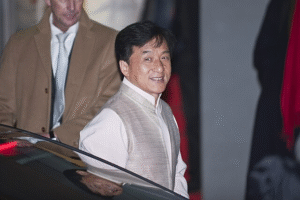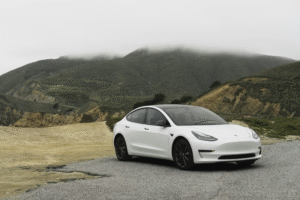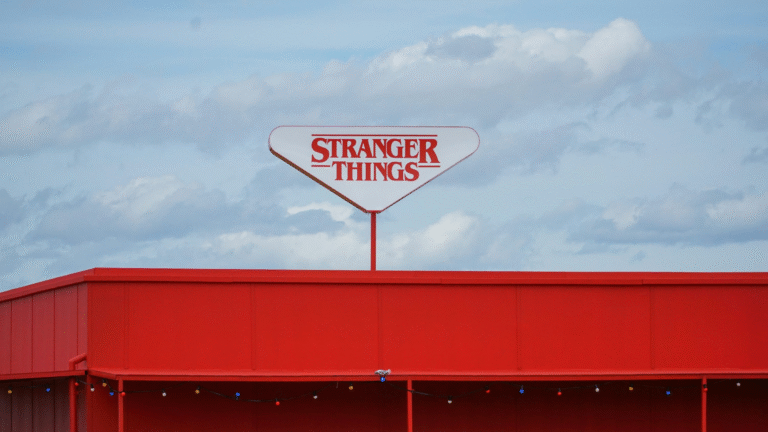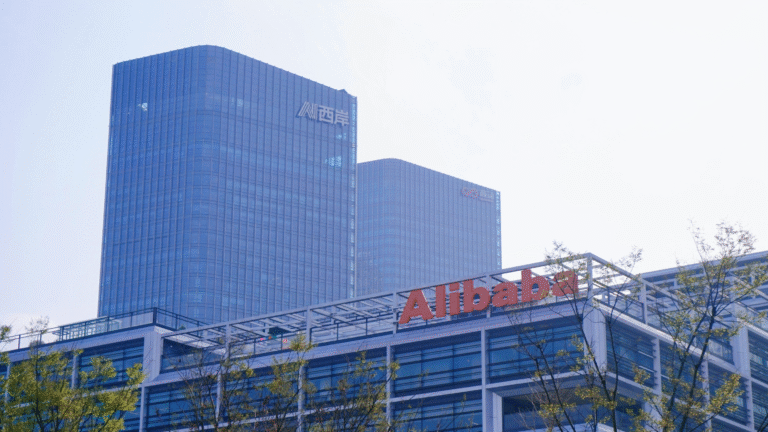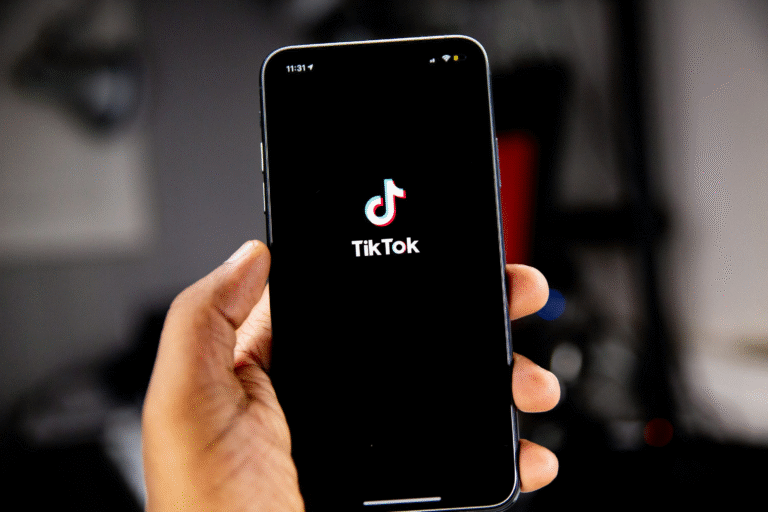Intel’s shares have jumped sharply as the company begins to recover from a tough year. Smart investments, cost-cutting, and support from big names like Nvidia, SoftBank, and the U.S. government have helped the chipmaker regain stability. With CEO Lip-Bu Tan’s leadership, Intel is slowly regaining investor trust and market power.
After a long and difficult journey, Intel, one of the world’s most famous chipmakers, seems to be finding its way back to success. On Friday, Intel’s shares jumped nearly 9% in premarket trading — a sign that investors are once again believing in the company’s power to make a strong comeback. This sudden rise in share price came after Intel reported better-than-expected profits, surprising many experts who had doubted its recovery. The credit for this turnaround goes largely to its CEO, Lip-Bu Tan, who has introduced aggressive cost-cutting measures and smart investments to help the company get back on its feet.
Intel, once the undisputed leader in the semiconductor industry, had been struggling in recent years. The company faced major competition from Nvidia and AMD — two rivals that gained fame and profits during the rise of artificial intelligence (AI) and high-performance computing. Intel’s own troubles, including production delays and manufacturing setbacks, made its situation even harder. It even faced its first annual loss in nearly 40 years in 2024. That year was described as “bruising” by many analysts — a time when Intel seemed to be losing its relevance in the fast-changing tech world.
But in 2025, things started to change. Under Tan’s leadership, Intel began to focus on discipline — both in spending and strategy. The company made strong, well-thought-out investments in future technologies instead of spreading its money too thin. It also made tough decisions to cut unnecessary costs. These choices helped Intel perform better than expected this quarter, signaling to the world that it is serious about making a strong comeback.
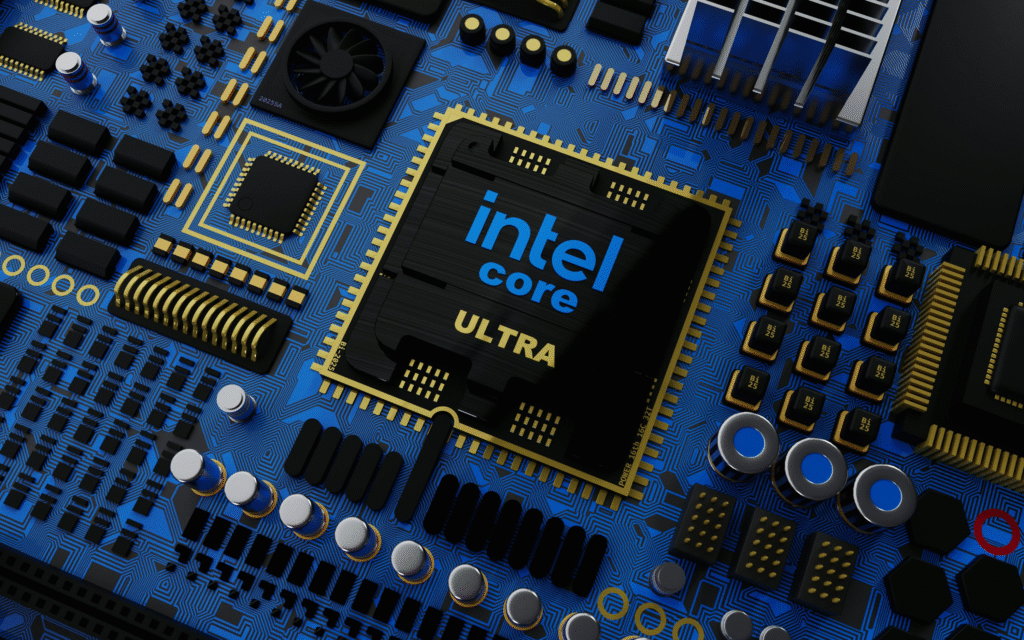
The company’s improved performance didn’t just happen by chance. It was supported by a series of big investments from other industry players. Both Nvidia and Japan’s SoftBank poured billions of dollars into Intel, showing their faith in the company’s potential. Even the U.S. government took a stake in Intel, offering financial support and showing confidence in the firm’s ability to strengthen the country’s chip-making capacity. This mix of private and public backing gave Intel a strong safety net — or as many analysts called it, a “financial cushion” — to steady itself during this critical phase of recovery.
These bold steps have started to pay off. In 2025 alone, Intel’s stock has risen more than 90%, outperforming both Nvidia and AMD — something few would have imagined just a year ago. While Nvidia and AMD have continued to dominate the AI chip space, Intel’s renewed energy and smart management have started to shift the conversation. The company now trades at a forward price-to-earnings ratio of 71.51, much higher than Nvidia’s 30.49 and AMD’s 40.14. This indicates that investors see strong future potential in Intel, expecting it to grow rapidly in the coming years.
Industry experts are also noticing the difference. “Intel has turned a corner and is steadying the ship,” said Ben Bajarin, CEO of Creative Strategies. “It feels like a strong setup for 2026.” His statement reflects a new sense of optimism around Intel — something that had been missing for quite some time.
Still, many analysts warn that Intel’s journey is not over yet. They say the company’s turnaround is still in its early stages, and the challenges ahead are significant. Competing with Nvidia and AMD in the AI chip market won’t be easy, especially since both companies have built strong reputations in recent years. Intel will have to continue innovating and maintaining efficiency if it wants to fully regain its top spot.
But what’s clear is that Lip-Bu Tan’s strategy has already begun to rebuild trust among investors. By cutting costs wisely instead of blindly slashing resources, he has managed to keep the company’s key operations running smoothly while improving profits. His leadership style — practical yet bold — has inspired confidence not only inside the company but also among market watchers.
The story of Intel’s recovery also highlights an important truth about the tech industry: even giants can fall, but with the right strategy, they can rise again. In a market where demand for chips continues to outpace supply, Intel’s efforts to expand production capacity and improve efficiency may soon put it back in a leading position. As global industries — from smartphones and laptops to electric cars and AI tools — continue to depend on powerful chips, Intel’s comeback could play a vital role in shaping the future of technology.
For now, investors seem to be rewarding the company’s progress. The strong share performance in 2025 shows how much belief has returned to the Intel story. It also serves as a reminder that sometimes, tough times push even the biggest players to reinvent themselves in smarter ways. Intel’s steady climb this year proves that recovery doesn’t happen overnight — it takes patience, strategy, and courage to make hard decisions.
As the year ends, the world will be watching closely to see if Intel can maintain this momentum into 2026. The company has shown impressive resilience and creativity in turning around its fortunes. But can it keep the pace, especially with fierce rivals and growing demand for more advanced chips? Will Intel’s bold investments and Tan’s disciplined approach continue to fuel its rise?
Only time will tell. But for now, the message is clear — Intel is not giving up. It’s fighting back, smarter and stronger than before. And if the current trends continue, the once struggling chipmaker could very well find itself leading the global tech race once again — a true example of how determination and the right decisions can bring even the biggest names back from the brink.


